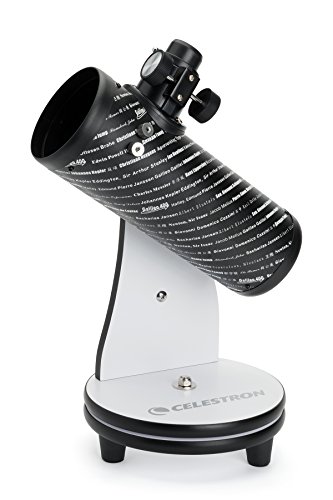Wow! NASA's asteroid watcher, Lucy, seen in the sky during Earth flyby- shone like diamond
Astronomers have spotted NASA’s Lucy spacecraft in the sky during its near-Earth flyby. It was shining like a diamond!
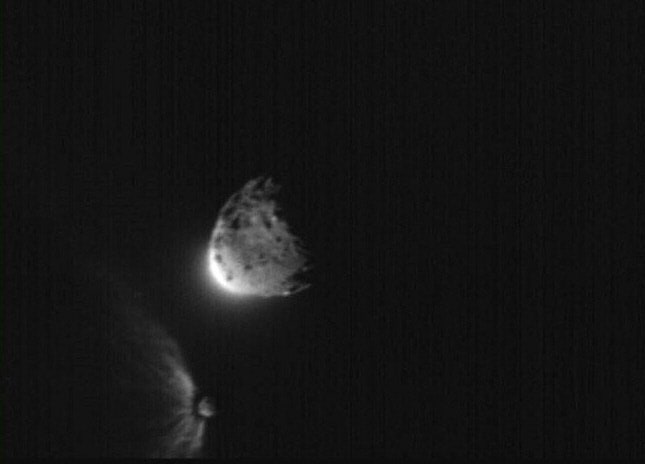
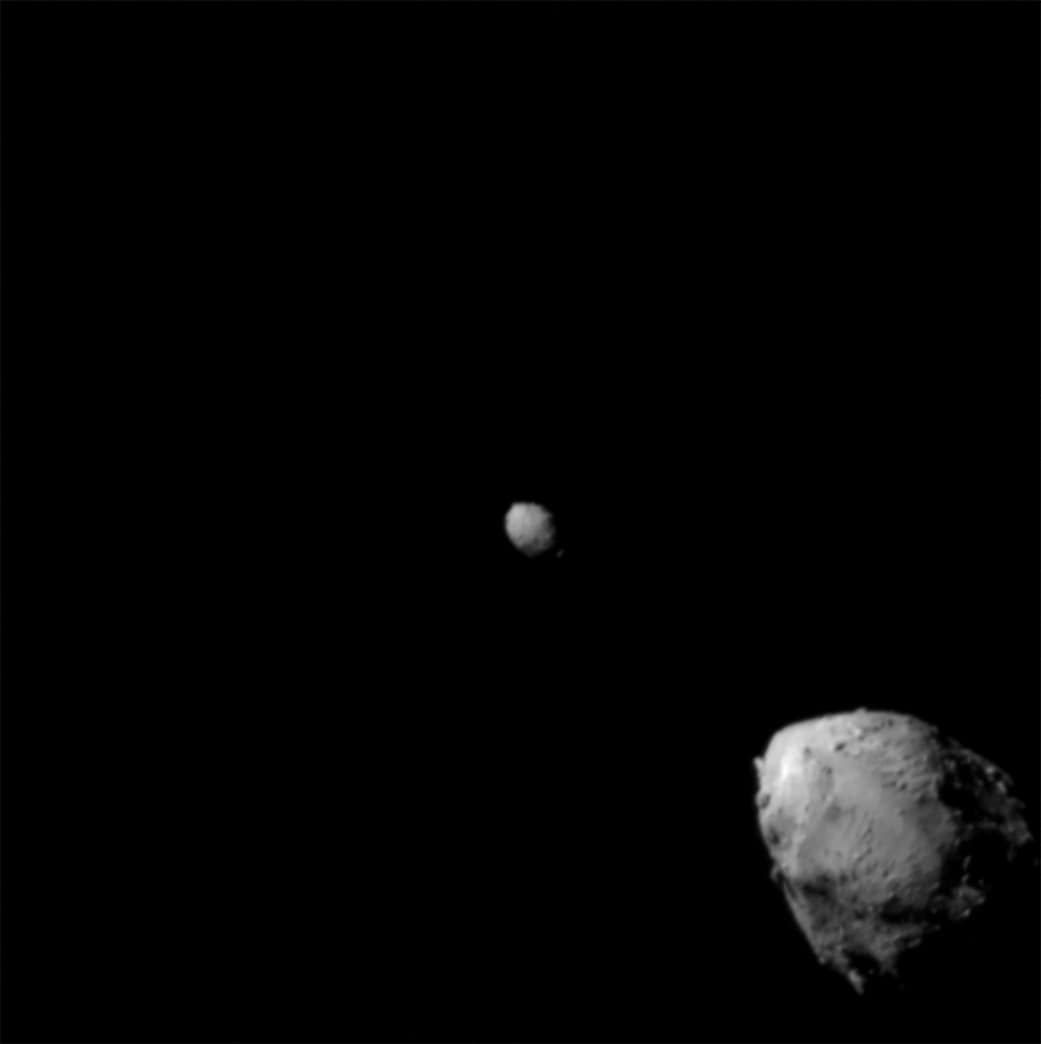
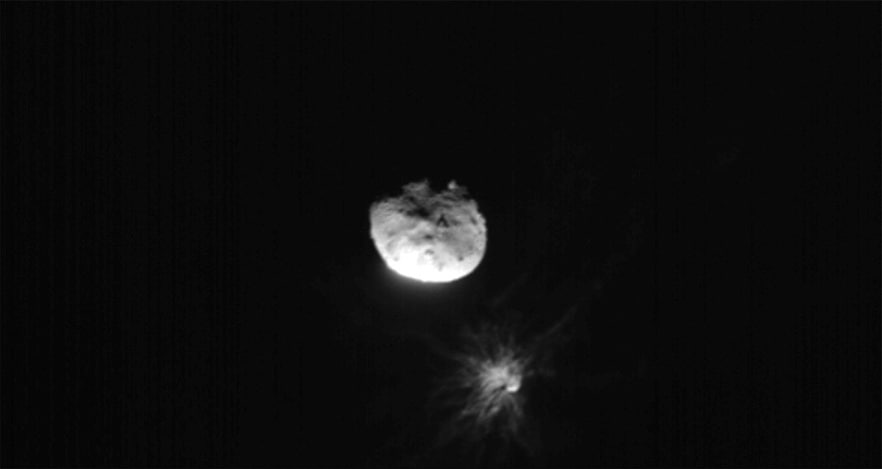
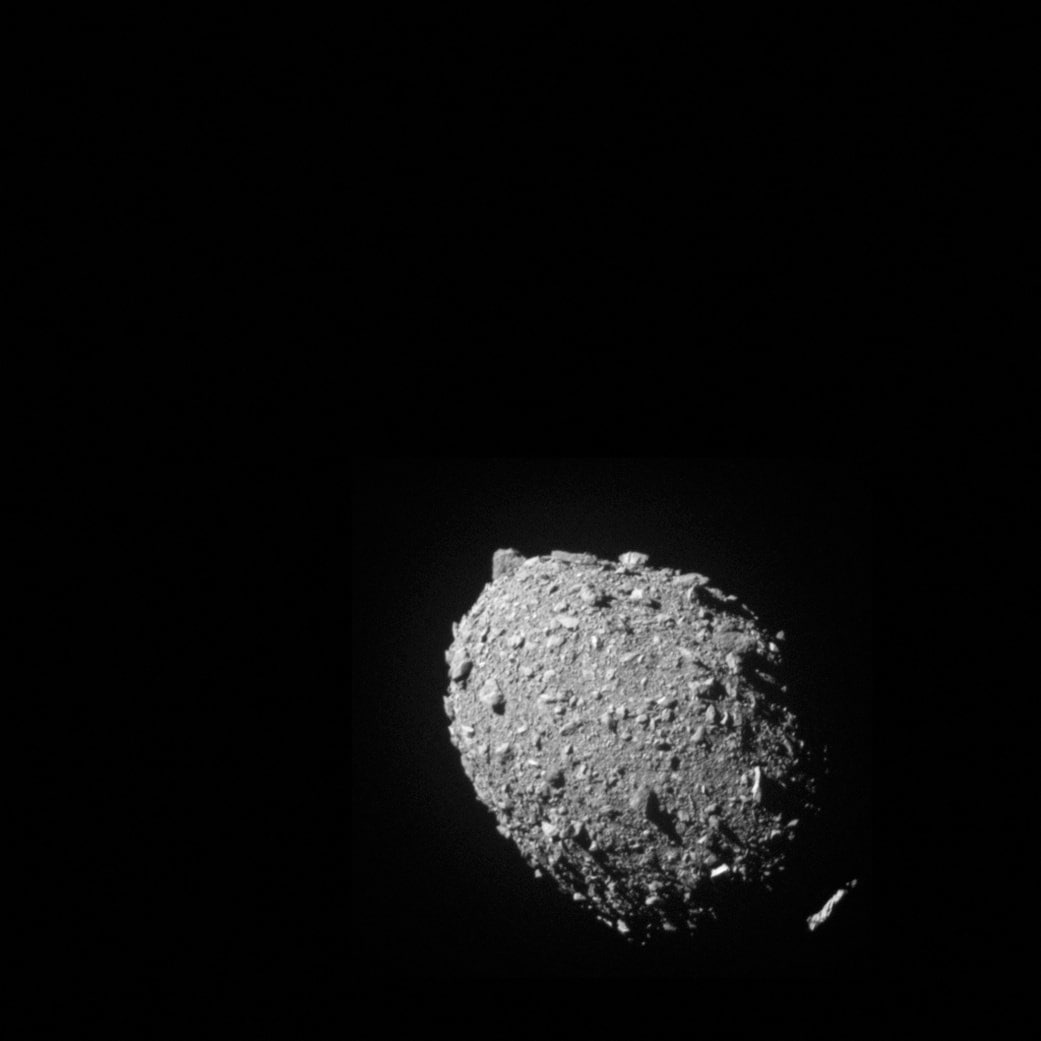
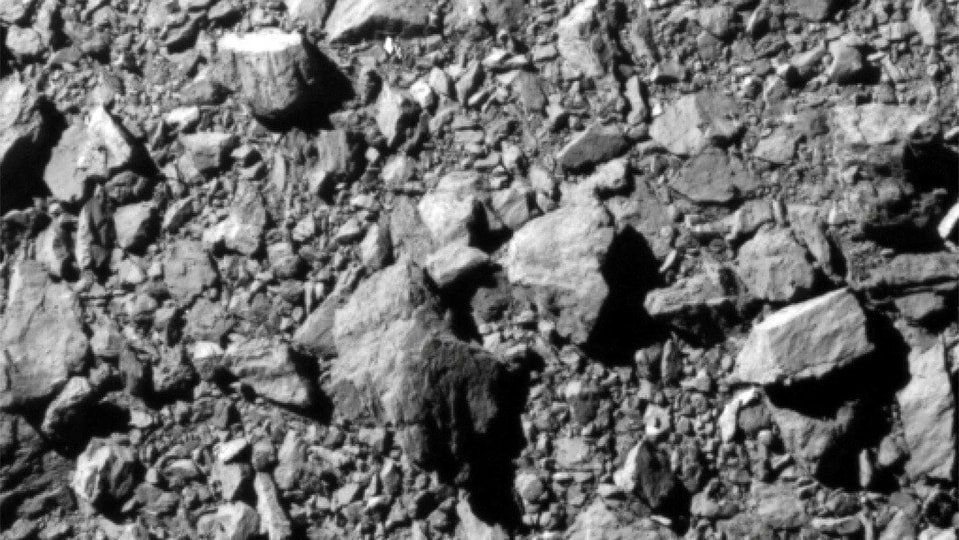
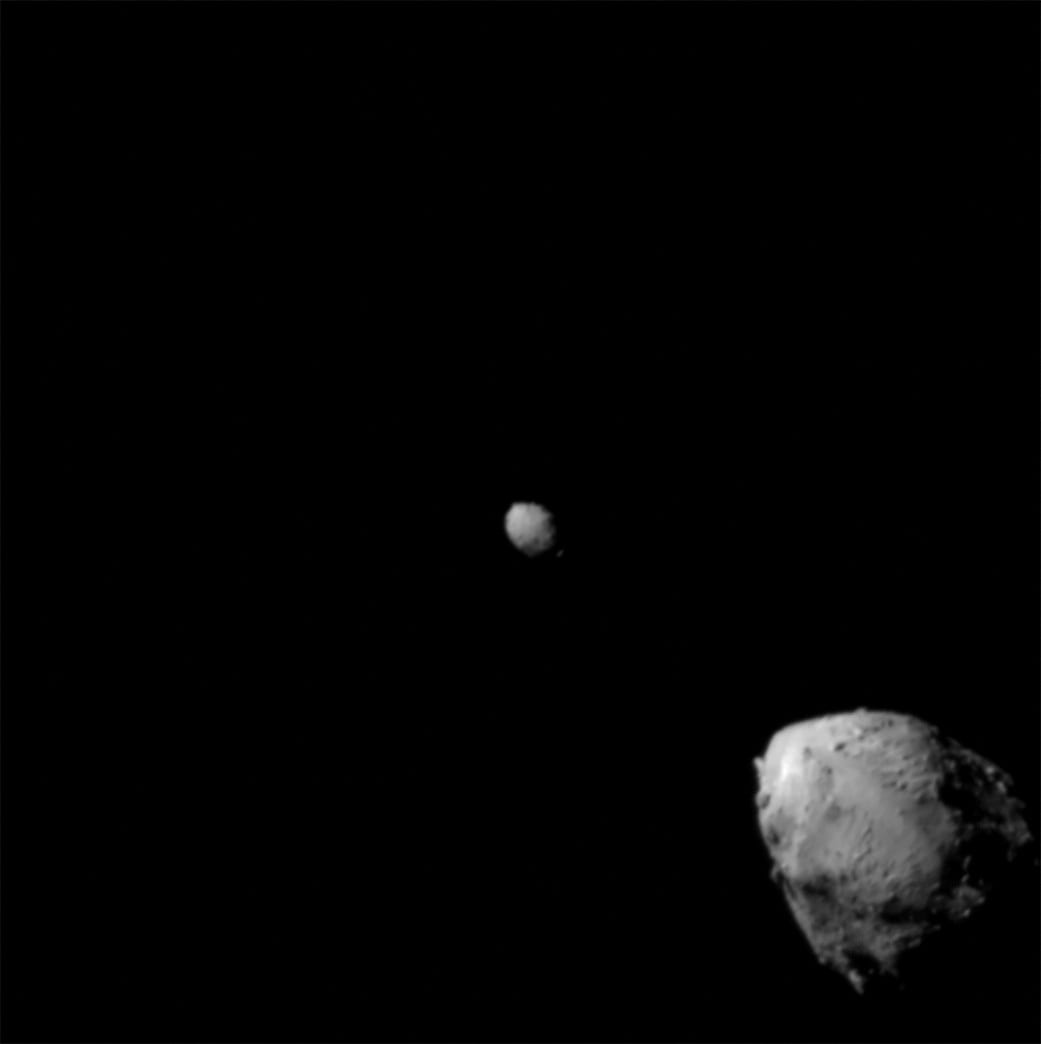
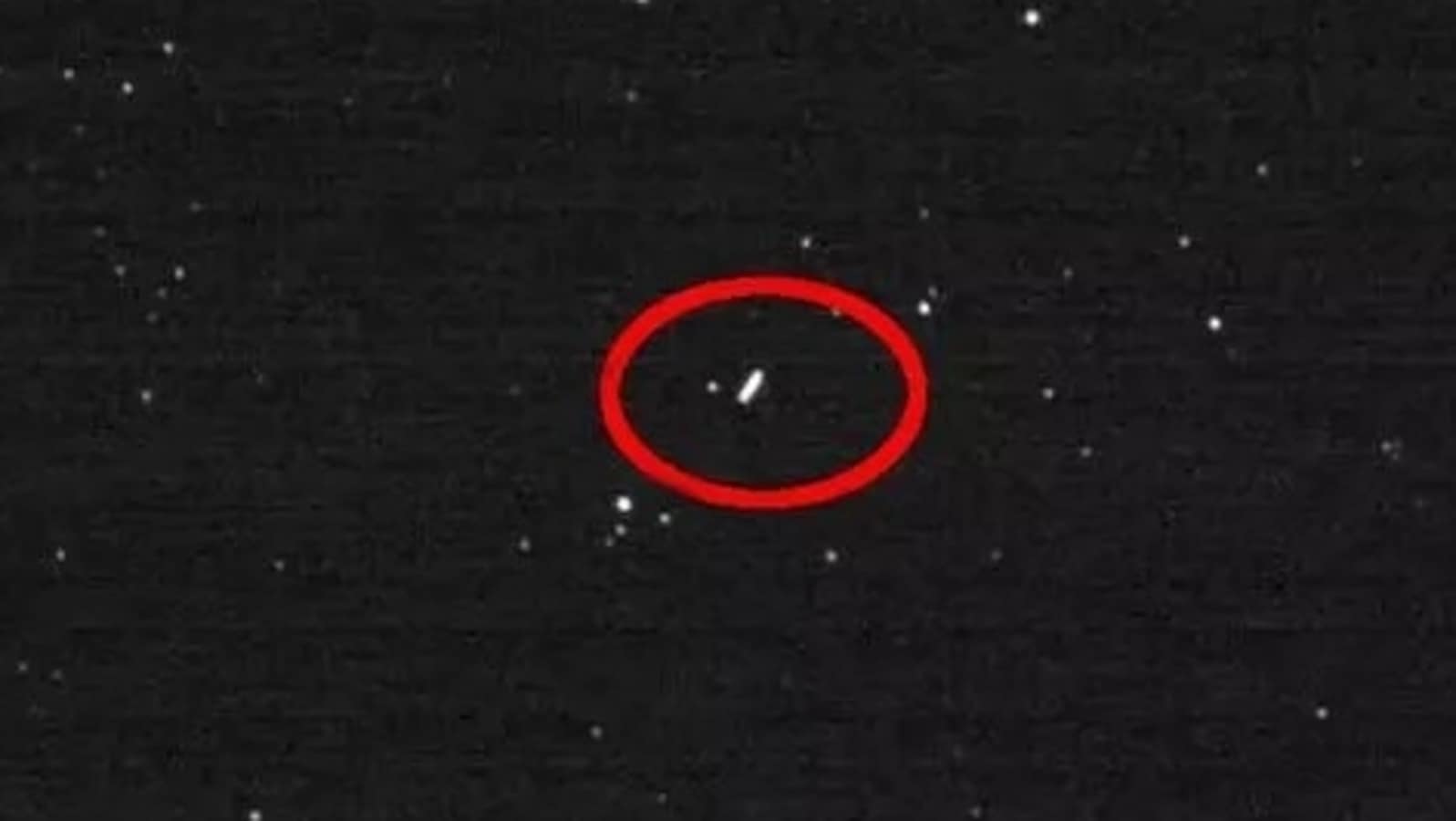
 View all Images
View all ImagesThe iconic rock band Beatles, gave the world the unforgettable song, Lucy in the Sky With Diamonds. Its references in the real world keep coming back (remember Australopithecus afarensis?). Then came the Pink Floyd and gave us the incredible Shine on You Crazy Diamond. And now, NASA's Lucy spacecraft has given us an amalgamation of sorts, hopefully it is not a stretch- it flew by Earth and for some time, it was shining ever so brightly.
Be that as it may, NASA's asteroid visiting Lucy spacecraft swung by Earth as part of its 12-year journey and was spotted by astronomers from Earth! The spacecraft completed a slingshot manoeuvre to gain momentum as it prepares to head for the unknown in a bid to search and study Trojan asteroids. NASA launched the Lucy spacecraft in October 2021 with a 12-year journey ahead of the spacecraft to the main asteroid belt between Mars and Jupiter.
According to space.com, Lucy spacecraft completed its first gravity assist near Earth and came as close as 350 kilometers above the planet's surface. This puts the spacecraft in a new orbit for two years after which, it will make another gravity assist manoeuvre. Since the spacecraft approached Earth from the side of the Sun, it could not be seen from Earth until October 16, 11.02 GMT, after which it was visible with the naked eye (yes, you read that right!) from North Western Australia, Timor-Leste and some parts of Indonesia. The Virtual Telescope Project 2.0 also livestreamed this close flyby.
Before the flyby, Hal Levison, Lucy principal investigator at the Southwest Research Institute (SwRI) Boulder, Colorado office said in the NASA blog, “The last time we saw the spacecraft, it was being enclosed in the payload fairing in Florida. It is exciting that we will be able to stand here in Colorado and see the spacecraft again. And this time Lucy will be in the sky.”
Lucy spacecraft will capture a few images of the Moon to calibrate its equipment properly. John Spencer, acting deputy project scientist at SwRI said, “I'm especially excited by the final few images that Lucy will take of the Moon.”
“Counting craters to understand the collisional history of the Trojan asteroids is key to the science that Lucy will carry out, and this will be the first opportunity to calibrate Lucy's ability to detect craters by comparing it to previous observations of the Moon by other space missions,” he added further.
Catch all the Latest Tech News, Mobile News, Laptop News, Gaming news, Wearables News , How To News, also keep up with us on Whatsapp channel,Twitter, Facebook, Google News, and Instagram. For our latest videos, subscribe to our YouTube channel.

